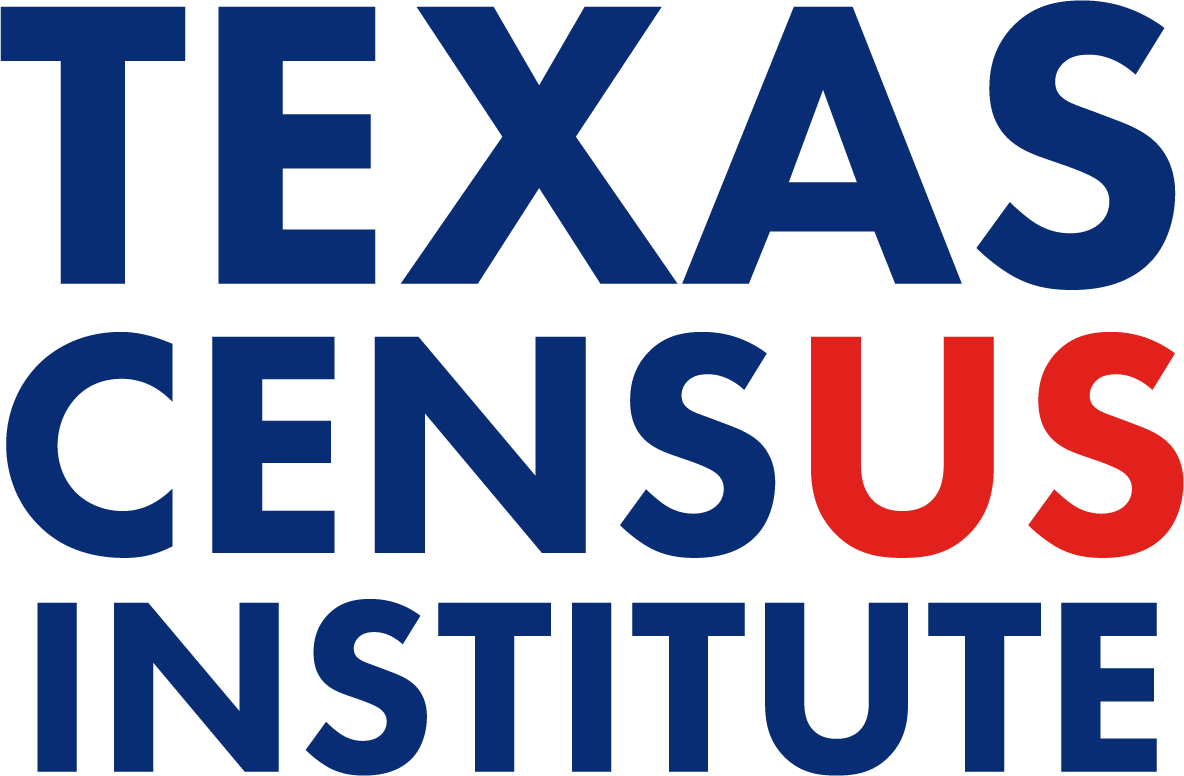BLOG | ACS, Participation | September 2023
Understanding the Decline in Census Response Rates: Uncovering Regional Patterns

The importance of an accurate census cannot be overstated. Decennial census counts determine government representation, direct the allocation of federal funds, and inform decision-making at all levels.
To ensure a complete and reliable count, the US Census Bureau conducts extensive research and analysis. One crucial aspect of this analysis is the study of response rates to the American Community Survey (ACS), particularly in areas where decennial census participation is lagging.
In Texas, and across the nation, ACS response rates have seen a decline, sparking concerns among researchers, community activists, and organizations like the Texas Census Institute (TxCI). In this blog post, we look at the decline in ACS participation in Texas and explore whether regional patterns have emerged.
ACS response rates in Texas have dropped 12.3% in a little over 10 years, from 92% in 2010 down to 79.7% in 2021.
Understanding ACS Response Rates
The American Community Survey, commonly referred to as the ACS, is a household survey administered by the U.S. Census Bureau and sent to 3.5 million randomly selected households each year. This questionnaire is a vital tool for collecting demographic and socioeconomic data used for various purposes, including policy-making and resource allocation. Recipients are legally required to complete the ACS and may be fined up to $5,000 for refusal to do so, although to date no person has ever been prosecuted for refusal to complete the ACS or the census (read about this in the Census FAQs).
The ACS is a vital tool for collecting demographic and socioeconomic data used for various purposes, including policy-making and resource allocation.
The Census Bureau tracks ACS response rates at both the state and county levels, documenting the number of individuals or families who did not participate in the survey, and indicating whether they simply did not return the form or explicitly refused to complete it when contacted by a census enumerator.
Unpacking the Term: Enumerator
Before diving into the regional patterns, let’s clarify the term “enumerator.” A census enumerator is a specially trained individual responsible for collecting data from households and individuals who did not voluntarily respond to the survey. Enumerators play a crucial role in ensuring as many people as possible are accurately counted.
The Quest for More Information
TxCI and other researchers and community activists recognize the significance of ACS response rates. These data points are instrumental in planning strategies to improve participation in the decennial census. To deepen our understanding, TxCI’s research department embarked on an exploration of response rates by region.
Identifying Regional Patterns
One of the most basic questions that emerged was whether there are systemic patterns in response rates across neighboring counties? If so, are there useful regional inferences to be made, and could addressing impediments at a regional level be an effective strategy? TxCI’s research yielded four critical insights.
Regional Patterns in ACS Response Rates
We know that since 2010, ACS response rates have declined across all twelve of the state’s economic regions identified by the Texas Comptroller. We found that statewide, among those who did not respond, approximately half did so by refusing to participate, and as it turns out, there were systemic regional patterns in response rates. Instances of refusal to participate were most notable in West Texas, along the Gulf Coast, and around Austin. Instances of simply failing to return the form were highest in West Texas, as well as in the Upper Rio Grande Valley and in Central Texas. (For a more granular look at ACS response rates in 2020, see TxCI’s interactive map)
Figure 1. ACS Response and Nonresponse Rates in Texas Regions
A Closer Look at Regional Data
Exploring Further
Now that we know the regions where people are least likely to participate, TxCI’s researchers’ next step is to better understand how low response/high refusal rates intersect with other community characteristics, such as government mistrust, language variances, and cultural differences. We will also examine the impact of Census Bureau collection practices on response rates. For example, we will drill down to the address file in rural areas and examine whether the low response rates might be a product of the fact that the Census Bureau cannot deliver to PO Box addresses? By identifying the challenges found at these intersections, the Texas Census Institute will be able to support strategies to address the specific needs of each region, ultimately leading to improved decennial census participation.
Stay Informed
The accurate and comprehensive collection of census data affects us all. As TxCI continues to investigate and address the decline in ACS response rates, we encourage you to stay informed and engaged. The future of our communities and the effective allocation of our resources depend on an accurate census count.










